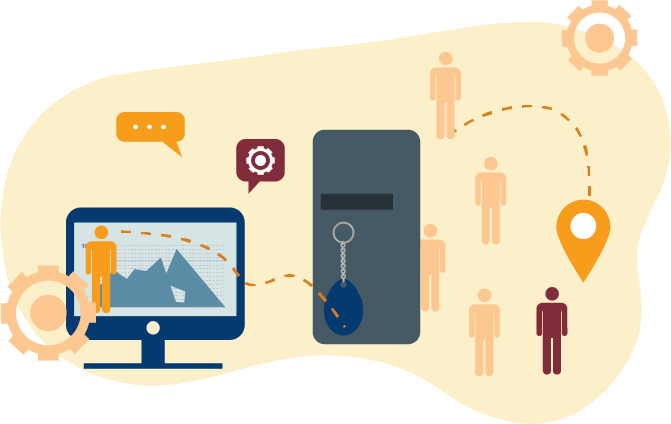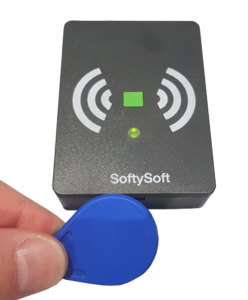Innovation Award at Europropre 2017

PresenceBox-Sigfox is a badge reader connected to the Internet via the SIGFOX network. It is capable of reading employees’ RFID badges, and sending real-time presence time stamps (start, end of intervention) to the server hosting your schedules.
The PresenceBox-Sigfox badge reader doesn’t require a SIM card or an electrical connection (if you fit it with a battery), and can be used for up to 1,600 clockings, which means up to several years of autonomy, depending on the number of workers and the frequency of interventions.
PresenceBox-Sigfox has been awarded SIGFOX « CLASS 0 » certification (best rating), which means that the terminal works perfectly well in all areas covered by the network, both indoors and outdoors. Visit SoftySoft on the SIGFOX partner site.
